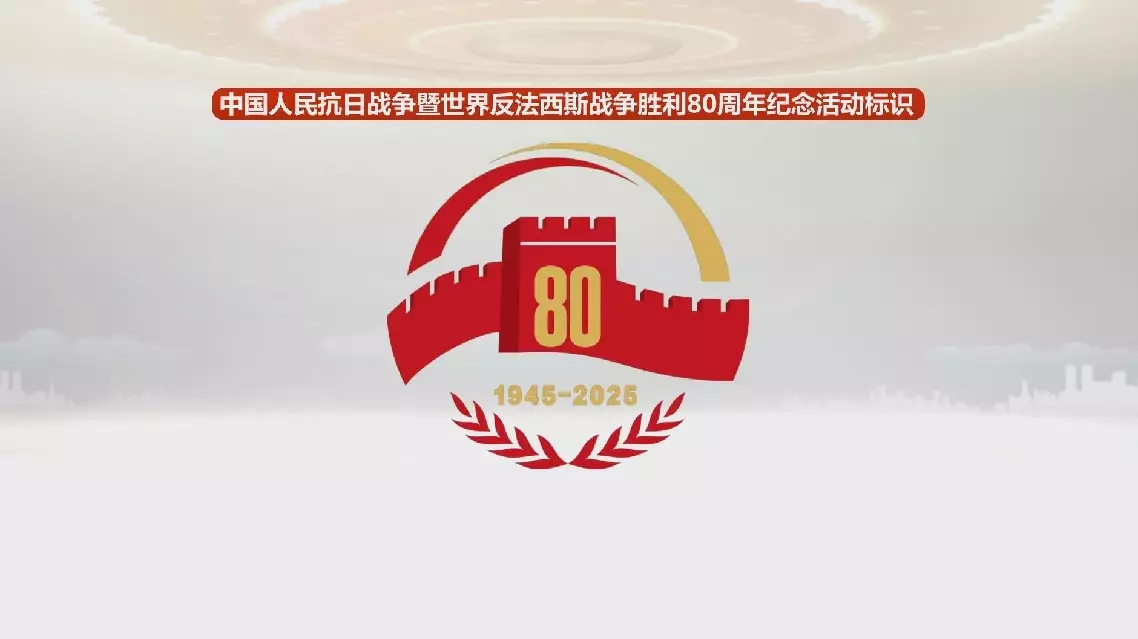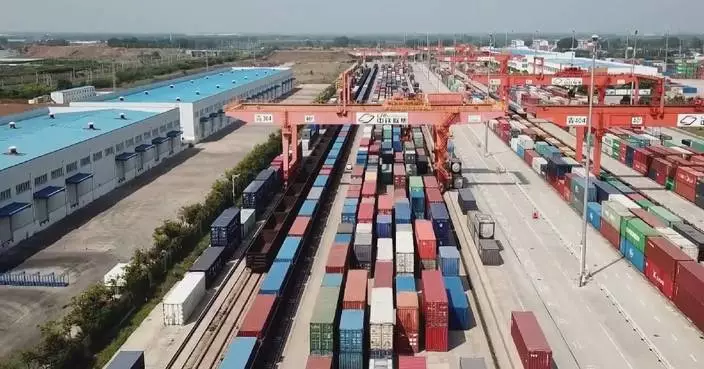China's State Council Information Office on Tuesday unveiled the emblem commemorating the 80th anniversary of the victory in the Chinese People's War of Resistance Against Japanese Aggression and the World Anti-Fascist War.
Highlighting a striking yellow number "80" in the center, the emblem also features symbolic elements of the Great Wall, olive branches, brilliance, and "1945-2025."
The Great Wall symbolizes the spirit of the Chinese people uniting together and fighting with courage, representing the decisive role of a national spirit to which patriotism is central in the victory of the war against Japanese aggression.
The olive branches demonstrate that after an arduous war of resistance, the Chinese people have won peace with victory, and that the Chinese people unite with people of all other countries to cherish and safeguard peace.
A "gate of victory" formed by brilliance symbolizes that the victory of the Chinese People's War of Resistance against Japanese Aggression and the World Anti-Fascist War is a victory of justice over evil, light over darkness, and progress over reaction. It indicates that the country has bright prospects for realizing national rejuvenation under the strong leadership of the Communist Party of China.
The emblem can be used in decorations for events commemorating the 80th anniversary of the victory in the Chinese People's War of Resistance against Japanese Aggression and the World Anti-Fascist War, as well as in the production of materials for publicity, educational activities, and relevant foreign affairs events, according to the office.
Fighting from 1931 to 1945, the Chinese People's War of Resistance Against Japanese Aggression began the earliest and lasted the longest. As the main theater in the East of the World Anti-Fascist War, China served as the mainstay of resistance against Japanese militarism, making pivotal contribution to the victory in the World Anti-Fascist War.

China releases emblem commemorating 80th anniversary of victory in war against Japanese aggression

China releases emblem commemorating 80th anniversary of victory in war against Japanese aggression









